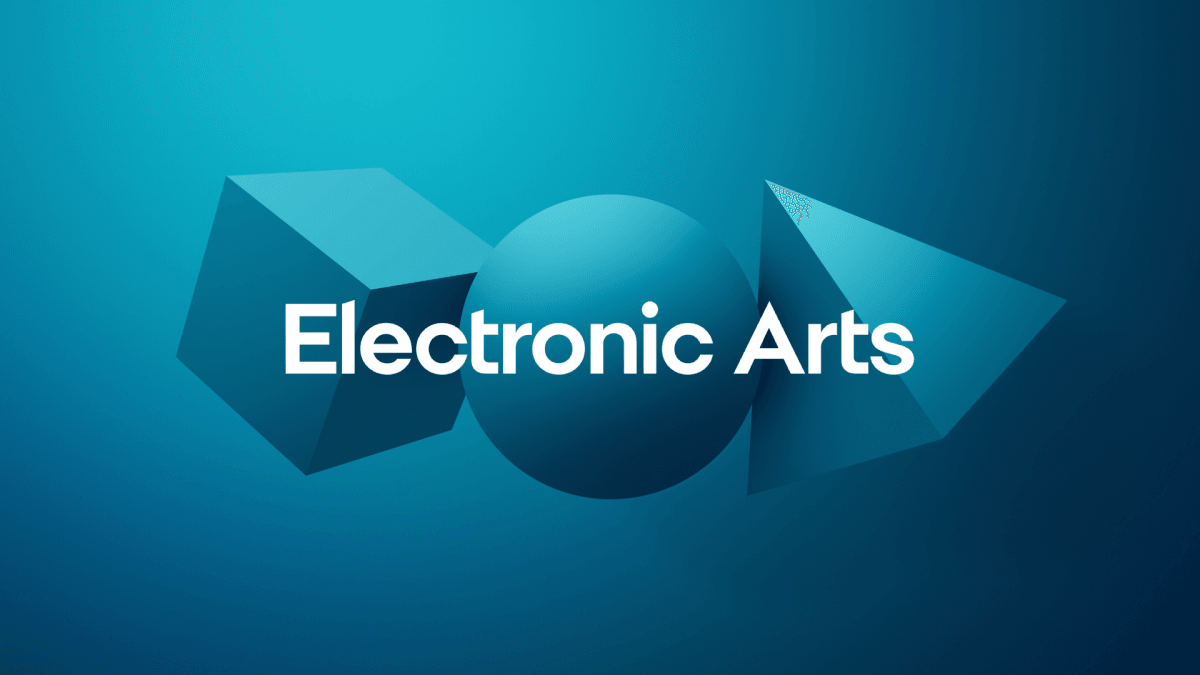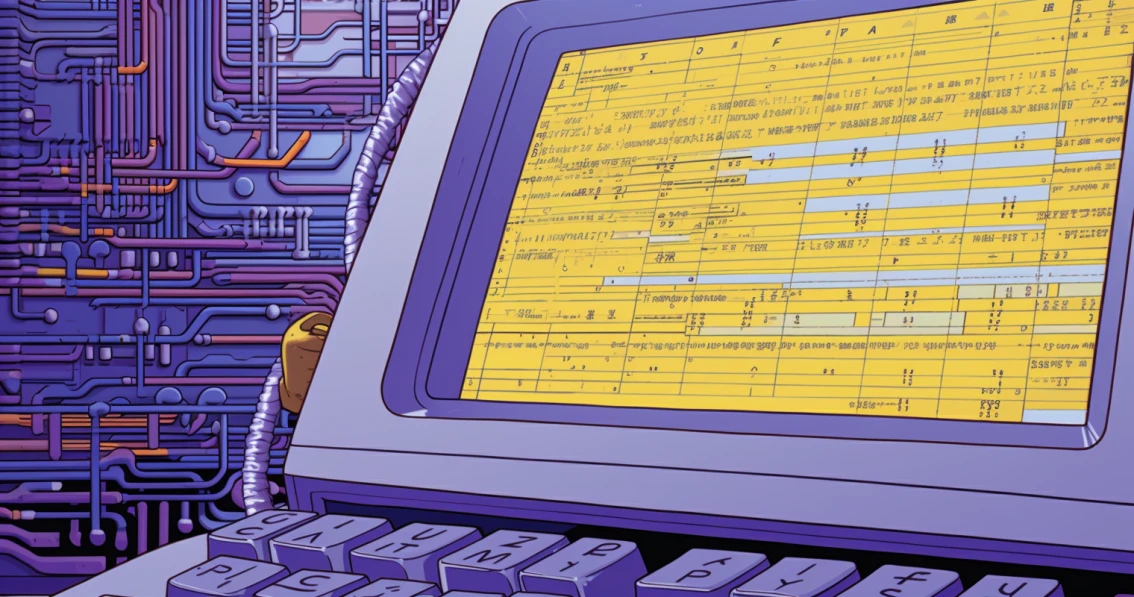It’s no secret that the mobile game market is flourishing around the globe.
However, you shouldn’t observe it as a whole.
Especially if you’re a mobile game developer looking to monetize your game. Some methods that work for monetizing a game in the U.S. will not work in, for example, China.
For this reason, I cover the best strategies for monetizing mobile games in Asia.
Mobile Gaming Market in Asia
One of the key steps to successful mobile game monetization is understanding your players.
And in order to really understand a certain market, you need to dive deep into it.
Just like they have their own cultural characteristics, Asian gamers also have their own mobile game monetization preferences.
Wondering why you should care so much about this?
The Asian mobile game market is HUGE.
It’s so big it accounts for the majority of mobile gaming revenues. Moreover, the market growth in this region is faster than in other parts of the world.
If we look at the top countries by mobile game revenues in 2022, we see three Asian countries in the top 5. (Data source: Data.ai)
China is number 1 with $42 billion in revenue and 744 million players. Japan took the third spot with $13 billion in revenue and 77 million players, and South Korea is in fourth place with $5.2 billion in revenue and 34 million players. The overall mobile gaming revenue in 2022 was $110 billion, 5% lower than in 2021.

Mobile Game Market Revenue and Downloads Share in Asia
According to Statista, mobile games revenue share in Asia will grow to $88 billion by the end of this year. It is also predicted that the majority of mobile gaming revenue will come from China, just like in 2022. Additionally, in 2023, the average revenue per user (ARPU) is projected to reach $171 in Asia by the end of 2023.
By 2026, the Asian mobile gaming market will reach $109 billion in revenue and 1.3 billion users.
Impressive, right?
In terms of mobile game downloads, Asian countries are also in the lead. According to Data.ai, China had the highest share of downloads in 2022 – more than 31 billion. India is in second place with 9.6 billion downloads and Indonesia is fifth with 3.45 billion downloads.
Now that you have an idea of just how big and important this market is, let’s learn the art of monetizing mobile games in Asia.

Top Strategies for Monetizing Mobile Games in Asia
While a lot of Asian PC and console gamers tend to pay one-time fees for paid and subscription-based games, mobile gamers don’t.
Just like the rest of the world, Asian mobile gamers love free-to-play games.
In these games, players have free access to a significant part of the overall in-game content. For the sake of making money, developers mostly rely on in-app ads and in-app purchase offers.
Most free-to-play games fall into what is called the “freemium” model. In this model, everything is free besides “a premium experience”.
If players want it, they can purchase it.
The F2P market in Asia is getting more crowded and competitive by the day. For this reason, it’s important to know which methods can bring you the best results in the market.
Popular Types of In-App Purchases in Asia
In-app purchases are the most popular way to monetize free-to-play games in Asia.
They come in different shapes and sizes, so let’s cover the most common IAP types.

Pay-to-Win Games
By definition, in pay-to-win games, players can make purchases that give them a competitive advantage. In other words, they can purchase upgrades and items that directly affect their progress.
Players make these purchases because they are motivated by a sense of accomplishment and competition.
However, this is quite a dreaded term in the world of mobile gaming.
Especially in multiplayer RPG games.
Why?
It’s pretty simple. It’s not fair to skilled, non-spending players. Pay-to-win games allow less-skilled players to gain a competitive advantage by paying for something.
We won’t get into the discussion, but one thing is for sure – this monetization model is pretty popular in Asia.
According to Google, 24% of mobile gamers in China, South Korea, Japan, and India have bought something to gain a competitive advantage in a game.

Play-to-Win Games
In play-to-win games, the gameplay experience is the same for everyone.
Here, players can only make purchases that don’t help them progress. For example, skins, customization, gifts for other players, emotes, etc. In most cases, these are cosmetic items that merely change the appearance of characters or items.
Wondering why do players buy items that don’t help them progress?
Well, mostly to show off in front of other players. Buying them can also feel refreshing and help them identify with their in-game characters better.
This monetization model is most common and most popular in MOBA (multiplayer online battle arena) games.

Gacha
This monetization feature originates from Japan, so it comes as no surprise it made this list.
In the Japanese market, almost all 200 top-grossing games include some kind of gacha. (Think With Google)
In gacha games, players can “pull” or “spin” gachas to get a random reward from the game. To do this, they usually need to use the in-game currency.
These rewards are random, but players know what their chances of winning are.
Each gacha comes with its own drop rates – the odds of getting a certain item. For the most desirable items in the game, these odds are pretty slim. For example, in Genshin Impact, they are as low as 0.6%.
Since gachas are the main source of items players need to progress, relying on luck can get frustrating.
For this reason, gachas are often called controversial and considered gambling.
In Asia, this issue is so widespread that almost every Asian country has its own gacha regulations.
For example, in Japan, it’s been illegal to use “complete gacha” since 2012. This is a special type of gacha where players need to combine gacha items into rare items.
In China, on the other hand, games have to clearly state drop rates for items. Also, there are restrictions on the number of gachas players can buy in a day.
This is something all developers need to be aware of when monetizing a game with a gacha system in Asia.

Battle Pass Subscriptions
This worldwide monetization trend made it to Asia as well.
Out of 200 top-grossing games in China, 50 of them include a subscription feature of some kind (Think With Google). For the most part, these are battle pass subscriptions.
A battle pass is a type of subscription that gives players access to extra features. Once players pay a fixed price for it, they can unlock different rewards and items.
The passes typically last anywhere from a week to a month. This period is called a “season”. They usually cost between $5 and $15.
During that time, players enjoy a premium gameplay experience. Plus, they are motivated to regularly play the game to unlock as many rewards as possible.

In-App Advertising in Asia
In-app ads make F2P mobile games accessible to everyone. As such, this monetization model is used worldwide, including Asian countries.
It is also very profitable.
According to Statista, 60% of mobile game revenues in China come from in-app ads. In Japan, they are also prevalent – they bring 58% of mobile game revenues. On the other hand, in South Korea, they make for a 35% revenue share.
As you can see, there are significant market differences across different Asian countries.
This is something you need to look out for.
Another thing you need to look out for is which ad formats you’re using to monetize a game in Asia. Not all ad formats are equally popular and accepted by players.
The most widely accepted ad format is rewarded video.
They are especially popular in Southeast Asia and India where they became one of the main revenue streams for mobile games (Think With Google). In these regions, players don’t spend a lot of money on in-app purchases, but still spend a lot of time playing games.
Hybrid Monetization
Relying on one revenue stream often means leaving money on the table.
Hybrid monetization helps developers solve this problem.
This monetization strategy combines in-app purchases and in-app ads to maximize a game’s revenues. Sometimes, this includes subscription features as well.
This mix can delight non-spenders and spenders.
The result? An expanded playerbase a game is able to monetize. For this reason, hybrid monetization is becoming more and more popular across the globe, including Asia.
Monetizing Mobile Games in Asia: Preferences by Region
Just like you can’t observe the world’s mobile gaming market as a whole, the same goes for Asia.
Different countries come with different purchasing power, playing, and monetization preferences.
Here is a glimpse into some of Asia’s biggest markets with tips to get around.

China
How can your game conquer the world’s most profitable mobile game market?
Listen to what it’s telling you.
Before you get into the Chinese market, you need to understand its specific regulations and cultural preferences.
For example, you should know that the Chinese market is all about F2P games. This is a consequence of a console ban that was in force for 15 years straight. This made almost all Chinese gamers turn to free-to-play games.
However, this doesn’t mean Chinese players don’t spend any money on games.
Some of the Chinese players’ favorite types of games are MOBA (57%), Card (40%), and Shooting (36%) games. These are also the types of games they spend the most money on, with MOBA being the leading one.
According to the same research, 70% of Chinese gamers are okay with spending money on:
- Character skins
- An enhanced gameplay experience
- Items and characters
- In-game currencies
Game Refinery’s data on monetization features in the top 20% games in China supports these claims. It also brings some additional insights.
According to their research, 77% of top games offer some kind of character skin. Moreover, 50% of RPG games include five or more gachas. Another popular feature are battle passes – 86% of top games utilize this feature.

Japan
Japan may be a smaller country than China, but its gamers are way more valuable.
In Japan, mobile games make an average of $308 per player. (Think With Google)
Yes, you read it right.
To compare, in China, mobile games make “only” $29 per player.
In Japan, some mobile game subgenres are more popular than others. This includes match-3 puzzle, puzzle RPG, racing, action RPG/MMORPG, and AR/Location-based games.
What do they prefer spending on? This largely depends on the genre.
RPGs are one of the most popular genres in Japan, so let’s take them as an example.
According to Facebook Gaming, Japanese RPG players are most willing to spend on:
- gachas/loot boxes (98%)
- character ingredient items (94%)
- skipping wait times (90%)
- equipment items (89%)
Japanese RPG players also have their own ad preferences. The majority, 51% of them, say they would rather watch one 30-second ad than more frequent, shorter ads. Take this into account to provide players with a better user experience.

Southeast Asia
According to Newzoo, Southeast Asia is the world’s fastest-growing mobile games market with a 17% yearly growth rate. And it’s expected to grow even further.
Why is that?
This region has a young, mobile-first population, and growing economies.
All of this makes it a market you should focus on. If you’re a Western publisher, don’t fear entering the market. According to Andover, roughly half of top-grossing games in this region are Western titles.
It’s important to note that the region’s most popular genres are MOBA, MMORPG, and strategy games.
One particular game was and still is especially profitable in Southeast Asia. I’m talking about a Chinese MOBA game, Mobile Legends.
This game is a “play-to-win” type of game that offers players cosmetic purchases. Hence, we can assume that this is a monetization model Southeast Asian players prefer.

South Korea
Just like in Southeast Asia, the top games by downloads and revenue in South Korea are all F2P.
This country’s favorite subgenre are MMORPG games. They make over half of the country’s 10 top-grossing games. (Think with Google)
How do they get to be so profitable?
By using the right monetization features.
Here are the most popular monetization features among RPG gamers in South Korea (Facebook Gaming):
- gachas/loot boxes (97%)
- time-limited IAP bundles (96%)
- character ingredient items (96%)
- equipment items (93%)
South Korean RPG players aren’t opposed to in-app ads either. They are most open to rewarded video ads – 54% of them say they prefer this ad format.

India
In India, the number of mobile gamers is on a constant increase.
Statista predicts that, by 2022, 368 million Indians will be playing mobile games. The country’s player base is huge, but they are not famous for being big spenders.
So how do you monetize a game in such circumstances?
Embrace hybrid monetization.
Four out of five top-grossing games in India on Google Play used this model in 2020 (Inc42).
A hybrid approach helps developers cover the non-spending majority, but also the spending minority.
When it comes to in-app advertising, rewarded video ads are one of the biggest revenue sources for mobile games in India.
Speaking about paid features, Indians especially like battle pass subscriptions.
In the first half of 2020, five out of ten Indian top-grossing titles had a battle pass feature (Think With Google). This type of feature attracts a completely opposite, but way more valuable audience than ads.
Final Thoughts on Monetizing Mobile Games in Asia
Hopefully, this article sheds some light on the mystery of monetizing mobile games in Asia.
Want to read more articles about mobile game monetization? Make sure to subscribe to our newsletter!








Comments